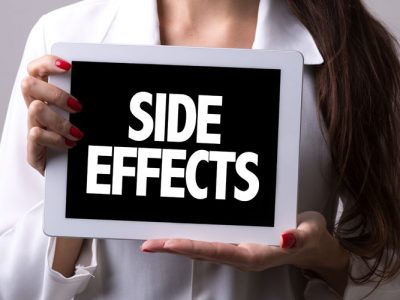Understanding the Trulicity Lawsuit: Key Points and Implications
Understanding the Trulicity Lawsuit: Key Points and Implications
Blog Article
Trulicity (dulaglutide) is a medication designed to help manage blood sugar levels in adults with type 2 diabetes. It is an injectable prescription medicine, produced by Eli Lilly and Company, that belongs to the class of drugs known as GLP-1 receptor agonists. While Trulicity continues to be effective for a lot of patients, there has been legal issues surrounding its use. This short article delves in to the Trulicity lawsuit, exploring the reasons behind the legal actions, the claims made by plaintiffs, and the implications for patients and healthcare providers.
Background on Trulicity
Trulicity works by mimicking the effects of the hormone GLP-1, which will help to regulate glucose levels by increasing insulin secretion and decreasing glucagon secretion within the presence of glucose. Authorized by the FDA in 2014, Trulicity quickly became a popular treatment option for type 2 diabetes due to its convenience like a once-weekly injection.
Reasons for the Lawsuit
The main issues leading to lawsuits against Eli Lilly concerning Trulicity involve allegations of serious side effects and inadequate warnings. Plaintiffs have raised concerns next potential negative effects:
Pancreatitis and Pancreatic Cancer: Quite a few users have claimed that Trulicity caused them to develop pancreatitis (inflammation of the pancreas) or pancreatic cancer. These the weather is serious and could be life-threatening.
Thyroid Cancer: There has been reports linking Trulicity to an increased risk of thyroid cancer, resulting in concerns that Eli Lilly didn't sufficiently warn users about this potential risk.
Kidney Problems: Some patients have experienced kidney-related issues, including acute kidney injury, after using Trulicity.
Legal Claims and Allegations
Plaintiffs within the Trulicity lawsuits make several key allegations against Eli Lilly:
Failure to Warn: One of the greatest claims is that Eli Lilly failed to provide adequate warnings about the potential risks and negative effects associated with Trulicity. Plaintiffs reason that they were not properly informed of the dangers, which could have influenced their decision to make use of the medication.
Negligence: The lawsuits allege that Eli Lilly was negligent within the development, testing, and marketing of Trulicity. This includes claims the company did not conduct sufficient research to fully understand the risks or they ignored proof of potential harm.
Breach of Warranty: Some plaintiffs have claimed that Eli Lilly breached express and implied warranties regarding the safety and efficacy of Trulicity.
Strict Liability: Lawsuits also include strict liability claims, arguing that Trulicity was defectively designed and unreasonably dangerous for patients.
Implications for Patients and Healthcare Providers
The lawsuits against Eli Lilly have significant implications for patients and healthcare providers:
Increased Awareness: These legal actions have brought greater focus on the potential risks associated with Trulicity and similar medications. Patients and healthcare providers may now be more vigilant about monitoring for negative effects and discussing risks before starting treatment.
Stricter Guidelines: The outcomes of these lawsuits can lead to stricter guidelines and much more comprehensive warnings on GLP-1 receptor agonists, ensuring that patients receive complete details about the medications they're prescribed.
Impact on Pharmaceutical Companies: The lawsuits may prompt pharmaceutical companies to take a position more in thorough research and transparent communication regarding products' safety profiles. This could ultimately result in the development of safer medications.
The Trulicity lawsuits highlight the complex interplay between drug efficacy, safety, and company responsibility. While Trulicity has provided significant advantages to many patients managing diabetes type 2, the legal challenges underscore the importance of thorough research, transparent communication, and rigorous regulatory oversight in the pharmaceutical industry. Because these lawsuits progress, they may lead to important alterations in how medications are tested, marketed, and prescribed, ultimately benefiting patient safety and healthcare outcomes.